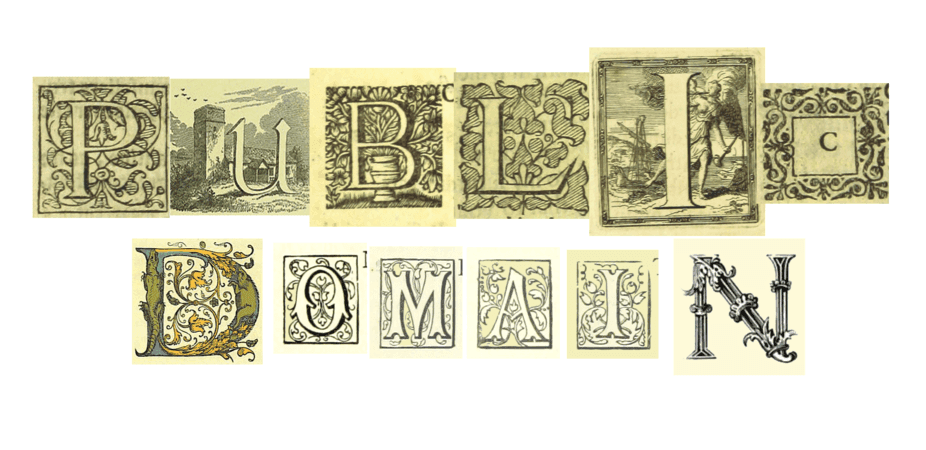It’s frequently claimed that copyright law should be made more restrictive and copyright terms extended in order to provide an incentive for content creators.
But with growing use of works put into the public domain or released under free and permissive licenses such as Creative Commons or the GPL and its derivatives, it’s possible to argue the opposite – that freely available works also generate value.
Public domain works – those that exist without restriction on use either because their copyright term has expired or because they fall outside of the scope of copyright protection – create significant economic benefits, according to research my colleagues and I have conducted, now published in a report for the UK government’s Intellectual Property Office.
We found a surprising amount of transformative reuse of public domain materials by commercial users – economic value that wouldn’t have been possible without access to a thriving public domain. We tried to identify precisely how and where economic value is generated from public domain works in order to establish where there’s scope for improvement.
Setting the Copyright Term
Literary and artistic works in the UK are protected under copyright for 70 years following the death of the author. At that point, copyright expires and anybody may copy the work and make it available to others. Consumers can then enjoy the benefit of accessing the work for a lower price, and in some cases for free. For example the Project Gutenberg releases digital versions of classic literary texts that are in the public domain. The British Library’s Mechanical Curator project digitises illustrations from printed books and makes them available on Flickr.

